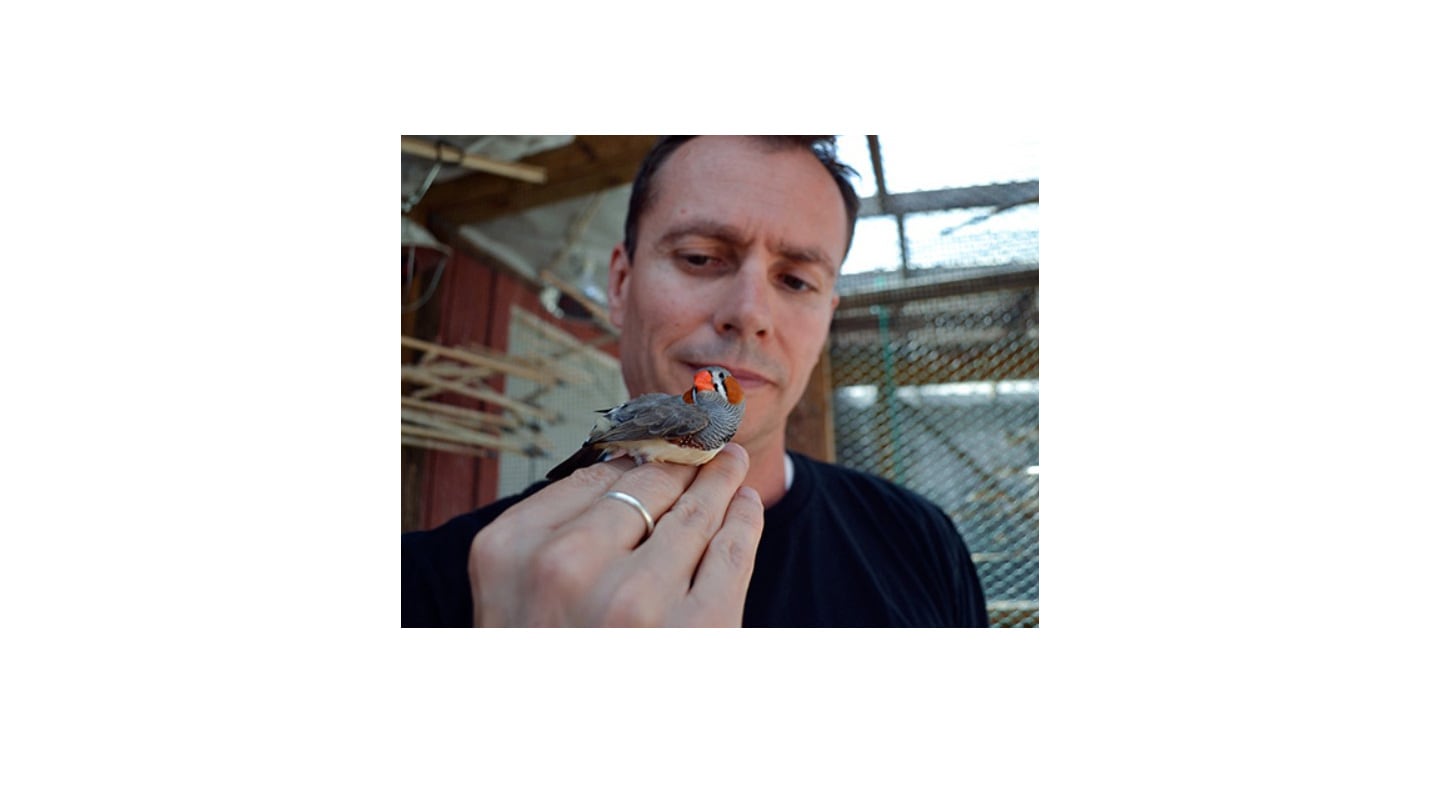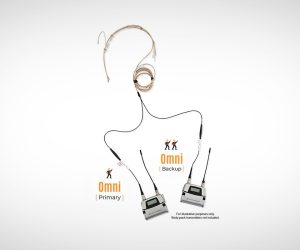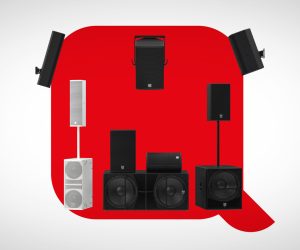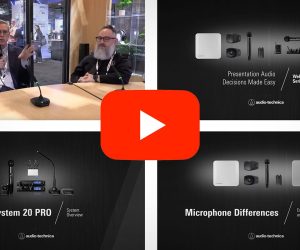
Audio Spotlight Soars in Bird Conservation Project
Audio Spotlight directional speaker technology is helping a group of students and professors at The College of William & Mary who are developing a method that could potentially save the lives of millions of birds each year. The Acoustic Lighthouse project is centred on technology that uses Audio Spotlight directional sound to project an audible alarm to alert birds that are on a crash course with a man-made structure such as a plate glass window, a wind turbine, or a cell phone antenna tower.
One of the project researchers, graduate student Tim Boycott, recently received a national wildlife conservation award for his work on the Acoustic Lighthouse. Mr. Boycott was a recipient of the “Christine Stevens Wildlife Award” from the Animal Welfare Institute (AWI), which recognizes researchers who are developing innovative wildlife study techniques and methods for resolving wildlife and human conflicts. The award is named in honor of the group’s founder, who dedicated her life to reducing animal suffering.
Acoustic Lighthouse uses Audio Spotlight directional sound to get flying birds to look up and to avoid colliding with objects in their flight path. Because most birds have eyes on the sides of their skulls, they are often unaware of what lies directly ahead of them during flight, which can lead to bird-strike injury or death.
An Acoustic Lighthouse consists of an Audio Spotlight directional speaker mounted on a wind turbine or other structure. The speaker projects sound that alerts approaching birds and prompts them to slow down and look up and – ideally – to fly around the turbine, cell phone tower, or any other man-made structure in a bird’s flight path.
To test how the directional sound would affect the flight path of birds, researchers set up an artificial “flyway” and trained zebra finches to fly up and down a corridor. Once the birds were accustomed to the corridor’s length, researchers introduced a mist net to create a visual challenge. Then, according to William & Mary Biology Professor John Swaddle, a sound column was introduced using an Audio Spotlight speaker that was placed in front of the mist net. The birds’ reactions were then tracked using high-speed video.
“We wanted to see if the sound would act like a horn to a texting driver. Does it attract the visual attention of the bird? Does it change the way they fly?”- John Swaddle, Biology Professor at The College of William & Mary
“We wanted to see if the sound would act like a horn to a texting driver,” Swaddle explained in an article published on the college’s website. “Does it attract the visual attention of the bird? Does it change the way they fly? Does it reduce the risk of them colliding with the mist net?”
A review of the video revealed that a large percentage of the birds flying through the sound column did indeed slow their flight speed by more than half. And some birds were able to avoid the mist net completely after being alerted by the directional sound.
“So it does seem to be working at some primary level,” Swaddle said. “It’s reducing the speed of the birds.” He noted that because of the scale of the flight corridor, Audio Spotlight speakers were placed about a half of a meter in front of the mist nets. “If you want to apply this to a building or to a wind turbine, that kind of free-flying situation, you’d project the sound field fifty or maybe a hundred meters in front. So when a bird enters that zone, it gets plenty of warning.” Click here to read an article on the Acoustic Lighthouse project that was authored by Mr. Swaddle and fellow researcher Nicole Ingrassia.
For its use in unique projects like this one, the flexible and self-powered Audio Spotlight directional speaker is a powerful tool, ensuring that isolated audio is heard within a tight beam of sound, while keeping the surrounding area silent in public places where cutting-edge technology like the Acoustic Lighthouse may someday be implemented.
Audio Spotlight: www.holosonics.com
Australian Distributor: eavtech.com















RESPONSES